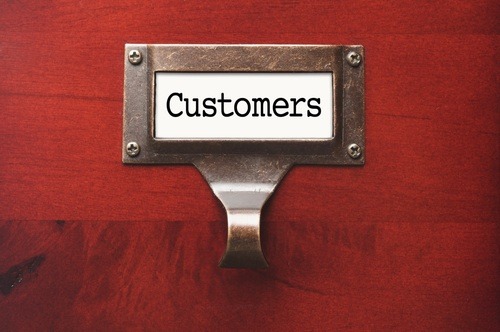When we launched our company, finding our first customer was a major challenge. We had spent a lot of time conducting market research, honing the first version of our technology system, and spending time with prospective customers. The founding team were all confident that our business model was strong and that we had a product of real value for all sorts of businesses that struggle to find the right type of working capital funding. Our big problem was that we didn’t have anyone using it yet!
The business is an online working capital funding platform, where small and medium-sized enterprises (SMEs) can overcome the problem of slow-to-pay large corporates by selling invoices to a network of investors who provide cash advances. This is done through an online portal, allowing SMEs access to finance more quickly and more cheaply than they would through traditional providers.
Although several companies had expressed interest, no one wanted to be the guinea pig. While public feeling towards the big banks was not especially warm at the time, many business owners still favoured the devil they knew – even if it meant settling for less funding at worse terms. The concept appealed to everyone we talked to, but the common response was to come back to them after we had a proven track record.
What’s obvious is that this is a very common problem for many new businesses. As with any new product or service, you need to find the early-adopters willing to give it a go. Whether you are launching a new catering company or selling a new brand of garden furniture, you have to create confidence in the company and instil credibility with your future customers.
Selling and marketing the product
The most important thing you can do is sell your product well. This can be by directly contacting potential clients, or by speaking at seminars and conferences to build awareness. At our company we’ve spent lots of time on this in the early days – getting our message out there and trying to explain how we were new and revolutionary.
PR and marketing is also very important. It can be difficult to find the time to organise PR opportunities but any exposure is so important at the beginning of the business. It not only spreads the word about the service, but it also helps build confidence in the product and boosts credibility. While paid for marketing has its place, unlike PR, it doesn’t come cheap and can sometimes be prohibitively expensive for many small businesses. For this reason, when it is undertaken, it’s hugely important to meticulously track the data so that you can gauge how effective it actually is.
Listening to customers is always important whatever stage your business is at, though garnering feedback early on is particularly important. At this stage, you’re still forming the product offering, therefore reservations of potential customers can quickly be addressed. Engaging with these early adopters will also turn them into your biggest evangelists. Remember that while your product may be purely online, that doesn’t necessarily mean your service to customers is too. Many business owners are risk-averse, and there are still apprehensions of doing business entirely online without a face-to-face meeting. It’s therefore important to identify when your business can be automated and when a personal, tailored approach is required.
So after three months of hard work, in February 2011, we found our first users. The first funding draw-down through our platform was by a small IT recruitment agency placing temporary staff at large clients. With the first experience smoothly completed, the company has gone on to use us many times, and the best part was that this customer has also referred many other prospects to us. Business has snowballed since – we’ve channelled over £60 million to UK SMEs over 1,000 distinct draw-downs.
Of course our mission has only just begun – awareness is still low compared to the presence of the big banks and plenty of SMEs remain unaware of the alternate routes to finance that could help their business grow. Companies often need a flexible solution to their cash flow needs, yet they simply don’t know that there’s one out there. The assumption for many remains that the bank is the only place to go for finance. Changing this idea will take time, but small companies are increasingly accepting online platforms as ways to obtain finance.
When launching a new company the first steps are always the hardest but my advice is to keep going. If you have faith in your business, a deep understanding of your customer and a value-adding product, paying customers will never be too far away.





